Bacharel em Física formado pelo Instituto de Física da Universidade de São Paulo (USP) em 1994, com mestrado pelo Instituto de Pesquisas Energéticas Nucleares (IPEN/USP) em 1998, doutorado também pelo IPEN/USP, com estágio doutoral no Dipartimento di Scienze e Tecnologie Chimiche da Università degli Studi di Roma “Tor Vergata”, Itália em 2003 e bolsista FAPESP de pós-doutorado no Instituto de Química da Universidade Estadual Paulista ?Júlio de Mesquita Filho?, Araraquara, SP (2004-2006). Atua nas áreas de Física e Ciência dos Materiais com ênfase em materiais cerâmicos eletro-eletrônicos avançados utilizados em dispositivos sensores e células a combustível. Sócio efetivo da Sociedade Brasileira de Física (SBF), sócio fundador da Sociedade Brasileira de Pesquisa em Materiais (SBPMat ? Brazil-MRS) e assessor de vários periódicos científicos nacionais e internacionais indexados. Professor Adjunto IV do Centro de Engenharia, Modelagem e Ciências Sociais Aplicadas da Universidade Federal do ABC. Membro da Comissão de Implantação da Pós-Graduação da Universidade Federal do ABC, Vice-coordenador do programa de Pós-Graduação em Nanociências e Materiais Avançados da UFABC, Pró-Reitor Adjunto de Pós-Graduação da UFABC de fevereiro de 2008 até agosto de 2009, JSPS (Japan Society for the Promotion of Science) Fellow no MANA (International Center for Materials Nanoarchitectonics) do NIMS (National Institute for Materials Science) – Japão de janeiro até abril de 2010 e de maio de 2010 até junho 2012 eleito Coordenador do Programa de Pós-Graduação em Nanociências e Materiais Avançados da UFABC, de 26 de março de 2013 a 22 de março de 2015, membro eleito do Conselho Universitário da UFABC (ConsUni), órgão máximo deliberativo da Universidade.






